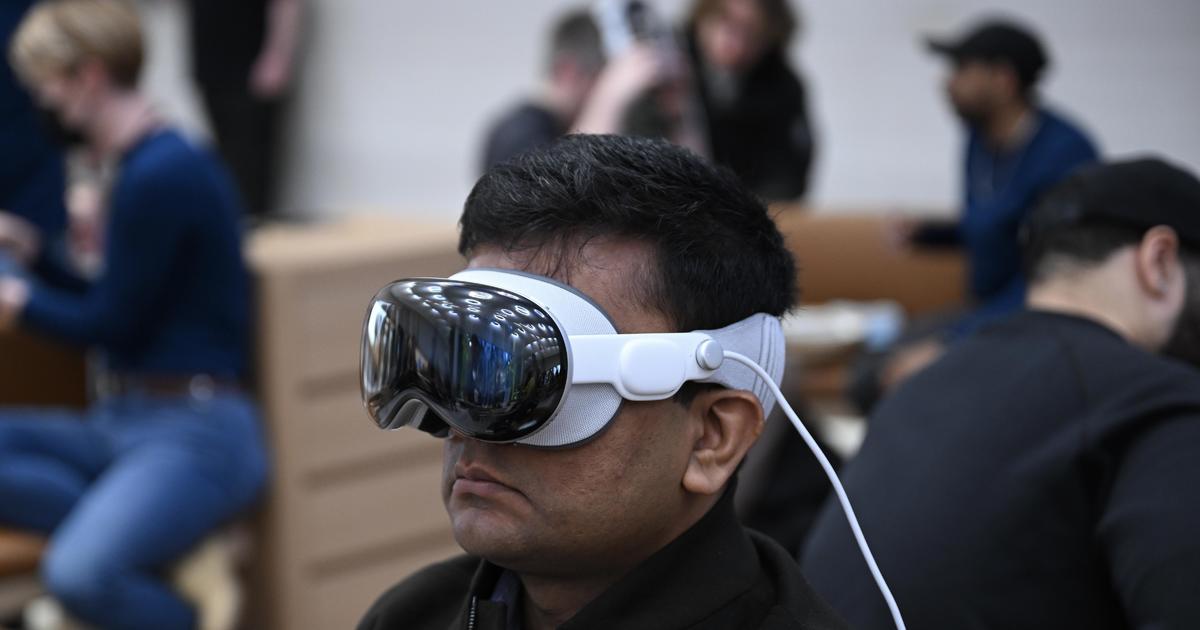Whole books could be written explaining this curious window into the masculine soul. But there’s a simpler and perhaps less pernicious explanation: The cultural, legal and political DNA of Rome is so deeply embedded in our world, we can’t think about one without thinking about the other.
A deeply absorbing exhibition at the Metropolitan Museum of Art, however, shows us how circumscribed in time and geography our sense of that empire is, especially if our identity is linked to the western half of the Roman world. “Africa & Byzantium” shifts the focus to the east and south of Rome, to the empire dominated by the eastern capitol of Byzantium, and its links to Africa. With its African provinces a vital source of food, intellectual foment and artistic production, the eastern empire lasted in a coherent form for centuries after 476, the date commonly given for the fall of the western Roman Empire.
As the Byzantine Empire grew increasingly irrelevant as a political force, the cultural links between Africa and the Byzantine world remained strong. The curator of the exhibition, Andrea Myers Achi, has traced these connections from late antiquity through the various kingdoms that flourished in northern and eastern Africa after Rome’s influence declined, to the present day. The first part of the exhibition is devoted to wealth, luxury and trade, when Egypt was the breadbasket of Byzantium and Tunis a major center for the production of mosaics. The second takes up the spread and adaptation of Byzantine Christian identity during what Europeans would call the Middle Ages.
The last focuses on the complex, diverse and multicultural identity of these same regions over the past half-millennium, including the spread of Islam, the rise of the Ottoman Empire and the emergence of the world as we know it today.
At every stage in this long history, the objects unsettle our insufficient and inaccurate sense of this world, scrambling its categories, rewriting its history. Christian and pagan objects don’t just coexist during late antiquity, they interact and catalyze curious syncretic moments that destabilize standard thinking about Christianity. The Egyptian cult of Isis very likely morphs into the Christian devotion to the Virgin Mary. One of the first objects in the show, a 2nd-century Egyptian panel painting of Isis, looks curiously like a 6th-century icon of the Virgin Mary, perhaps painted in Constantinople. The elongation of the features, the placement of the eyes and the rendering of the figure in a shallow space suggest not just artistic affinities but a deep, persistent cultural memory of pre-Christian traditions.
About a thousand years later, a diptych made around 1500 includes a panel devoted to Saint George painted in the local Ethiopian style on the left, and a panel in the Byzantine gold-ground style devoted to the Virgin, perhaps painted in Crete, on the right. George and Mary were among the most revered saints in the Ethiopian church, and another diptych nearby shows them rendered in the same, indigenous, Ethiopian style.
Stare at the first one for as long as you like — it remains a mystery. Was it merely convenience or happenstance that two stylistically heterogenous images were cobbled together? Was there any perceived status difference between the local production and the likely imported image?
It’s possible that the person who used this religious object didn’t detect any meaningful dissonance between the two representations, that their stylistic difference was utterly irrelevant to the immanence of spiritual presence in both images. But it’s also possible that the stylistic difference was deeply meaningful, inspiring different forms of devotion, or perhaps a sense that one saint lived in the world at hand, while the other, the Virgin, lived beyond it.
We don’t know, but this exhibition is in part an effort to spur new scholarship on these kinds of questions, and connections. It is also well designed to dismantle reflexive aesthetic thinking. Centuries of scholarship and artistic training in the West have centered our world on the Renaissance and its supposed rebirth of visual ideals dating back to antiquity, Rome and ancient Greece. Wearing these glasses, the work of Byzantine artists looks static and that of Ethiopian painters charming but simple. Remove them, and you discover worlds of subtlety in Byzantine work, and an extraordinarily direct and clear narrative and emotional appeal in the Christian iconography of northeast Africa.
It is, of course, impossible to calibrate our vision to some perfectly neutral setting, innocent of history and scrubbed of all prejudgments. The thrilling, necessary and inevitably frustrating work demanded of us is to simply add to our visual databanks, organizing our thinking less in categories and more in constellations. Among the highlights of the exhibition is a display of Ethiopian crosses, made from the 12th century to 17th centuries, demonstrating the design virtuosity of artists during the period. The range of shapes and geometric patterns is dazzling, as if the goal was to produce a physical object commensurate in complexity to the manifold symbolic meanings of the cross, as a source of life, healing, transformation and as a weapon against evil.
Throughout the exhibition, the fragility of objects is a constant theme. Jewish menorahs appear in two mosaic fragments from 6th-century Tunis, but they are remnants of a once-magnificent mosaic from a synagogue found in 1883. Unfortunately, much of it was destroyed by the French soldiers who unearthed it, the fragments sold off and dispersed. The larger design exists only as an image made near the time of excavation.
Equally frustrating are the rare and fascinating wall paintings rescued from the Faras Cathedral, a Nubian church lost to the rising waters of the Aswan High Dam project in the 1960s. Polish archaeologists, working under the auspices of UNESCO, managed to preserve the ancient church’s wall paintings, some of the best of which — depicting Nubians with dark skin “protected” by lighter-skinned Christian figures — are now held by the National Museum in Warsaw.
As miraculous for their preservation are curtain panels and textile fragments depicting dark-skinned figures made in Egypt some 1,500 years ago. Unfortunately, we don’t know who these people are. Some scholars have suggested they are from the Indian subcontinent; others say they are African figures. Another theory posited is that the dark skin is simply a visual device, to heighten the legibility of the figures. At this moment, as with several other key and transformative points in the show, it’s worth asking yourself: Which answer do I want to believe, and why?
A few months ago, I was in Cairo and looked up to the ancient citadel, capped by an imposing mosque. It seems at first an ancient thing but is in fact a 19th-century structure, based on Ottoman designs that in turn were borrowed from Byzantine and Roman precedents. It was built by the Albanian military commander who founded modern Egypt and is credited with “Europeanizing” it.
Trying to make sense of this, I thought: If you gave the globe a little spin and stuck a pin in any spot of dry land, you could write an entirely new history of the world, working out in concentric circles. That is exactly what “Africa & Byzantium” begins to do, and I can’t wait to see where the scholarship that grounds this show will ultimately lead.
Africa & Byzantium continues through March 3 at the Metropolitan Museum of Art, New York. www.metmuseum.org.















































